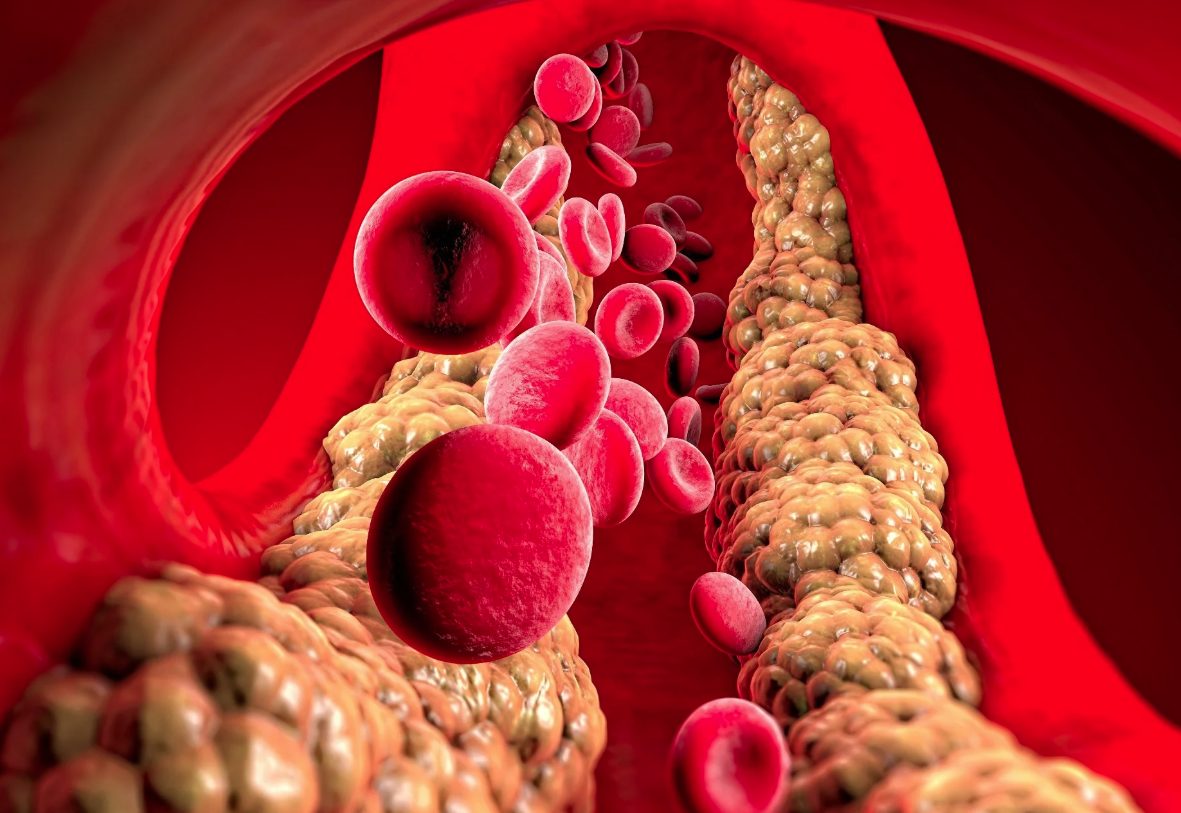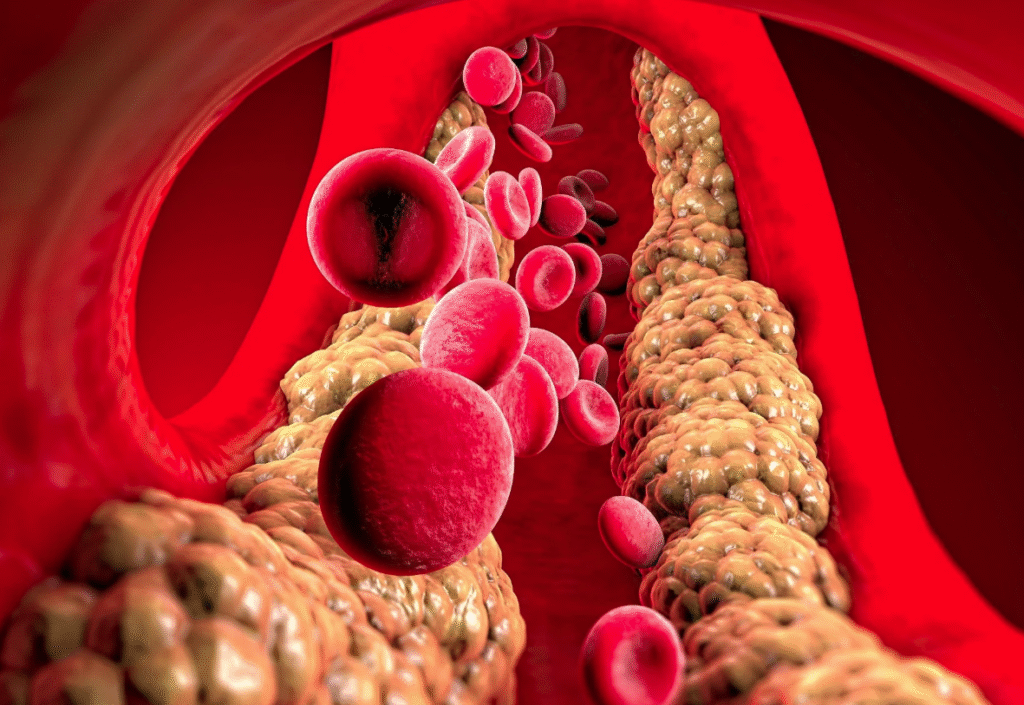According to a recent study conducted on fruit flies, proteins linked to Alzheimer’s disease have an impact outside of the brain as well.
- The hallmark of Alzheimer’s disease is an accumulation of proteins in the brain that affects its function
- A study in fruit flies has suggested that these proteins also play a major role in other organs.
- Also identified the researchers identified processes that may help explain the wide-ranging effects of brain proteins.
The researchers specifically demonstrate how several proteins linked to Alzheimer’s disease might affect fat metabolism and reproduction, as well as accelerate biological aging.
Based on their examination of 219 cell types in flies whose brains produce Alzheimer’s-associated proteins, they have developed the Alzheimer’s Disease Fly Cell Atlas (AD-FCA).
The physical effects of dementia
For good reason Alzheimer ‘s and other dementias are considered mental illness. The obvious symptoms are cognitive changes that become worse over time.
Because of this a large part of the research in dementia has been focused on the nervous system and brain so far, but more recently researchers have started to look at the impact of Alzheimer ‘s on other bodily systems.
With the new study, the authors say, new evidence shows Alzheimer’s disease does more than damage the brain; it also affects other parts of the body. For example, Alzheimer’s disease “has been linked to disturbances in the gut microbiota, cardiovascular function and hormones”, the authors write.
Besides that they also indicate that Alzheimer ‘s disease may be aided by inflammation and decreased immunity. This is clearly not limited to the brain.
The fly model and Alzheimer’s protein
The buildup of defective proteins in the brain ( such as tau and amyloid-beta 42 ) is a hallmark of Alzheimer’s disease.
They then aggregate into neurofibrillary tangles and amyloid plaques, respectively, which impair neuronal function and then lead to neuronal death.
In the latest investigation, the researchers used fruit flies. As you probably know fruit flies are very different from people. But they have already taught us a lot about human health.
“Many molecular pathways are conserved – from flies to mammals, ” the researchers write.
Gurneet Sawhney, MD, founder and head neurosurgeon of Neurolife Brain and Spine Clinic, but not involved in the study, was contacted by Medical News Today. We asked her about the use of fly models in neurobiology.
In studies of dementia fruit fly models provide enormous help, although, even at their appearance they are simple, “they allow us to study the genetic and cellular effects of tau and amyloid much more rapidly and at a lower level of complexity than mammalian models, ” he explained.
They had helped to identify basic neurodegenerative pathways, which most often evolved to extend to mammals, he added.
In the present study, the researchers used flies that had either tau or amyloid accumulation and compared them with control flies that had no protein accumulation.
Whole-organism – single-nucleus RNA sequencing was used by the authors (Trusted Source ). In short, it ‘s looking at genetic information stored in the nuclei of cells to see if any specific genes are expressed in particular types of cells.
The extensive effects of amyloid and tau
The authors looked at how tau and amyloid affected different cell types in the body of the flies.
The effects of amyloid on the neurological system
They looked at the cells of the nervous system ( like the cells of the brain, nerve cells in the body and glial cells – which are the support cells for neurons ).
Compared to tau and the control fly study, they found that amyloid loss affected a wide range of these cells.
Specifically, the cells that are associated with the senses ( hearing, smell, vision ) were the most affected. It’s interesting to note that in humans, loss of smell is a precursor to Alzheimer’s disease..
The consequences of tau on the body
Instead, they shifted their attention to how Alzheimer ‘s proteins affect cells outside of the brain system. The most notable changes this time involved tau.
Overall, cells involved in digestion, reproduction and fat metabolism were most affected, the authors report. “The fly fat body is a major reservoir for nutrients and energy deposits, and in mammals it serves a similar role to the liver, immune system and fat tissue, ” they say.
They found the fat droplets of tau flies are large at first but fall off and become thinner and more scattered with time as the illness worsens. Then, in a mouse model of Alzheimer’s disease, the scientists focused on fat cells, similar to fat droplets in flies. Again, they found large fat cells that reduced as the illness worsened.
It ‘s also interesting to note that other researchers have shown that the activity of certain fat types also could make a difference in how Alzheimer ‘s develops in humans.
The researchers observed alterations in the behavior of gut cells in addition to modifications in fat metabolism. Accordingly, research on mice has shown demonstrated that tau causes intestinal deterioration.reliable source.
Finally, the ability to reproduce decreased in male flies with neuronal tau. The increase in sex hormones is associated with a greater risk of Alzheimer’s in people, experts note.
The impact of tau on cellular aging
It’s because aging occurs because of changes in fat metabolism, digestion and reproduction, the authors say. And so some of the tau that builds up in neurons may accelerate aging in the rest of the body, it is supposed to be thought.
Fly tau flies grew up older than amyloid or control flies using gene expression and other biochemical markers of fly aging, researchers found.
In general, they come to the conclusion “that Tai expression promotes an accelerated aging phenotype and has a broad peripheral tissue-dependent impact. “
What effects does tau have on the body?
Cell-cell communication analysis — a technique that could detect changes in the way a brain communicates with the body — was used to better understand how tau in neurons has such varying effects on the body, the researchers wrote.
Tau flies showed thousands of mutations in these communication routes, compared with control and amyloid flies. Again cell types with the most mutations were cells involved in reproduction, digestion and fat metabolism.
By blocking brain-body communication, tau in the brain may directly affect cells throughout the body, the findings suggest.
More advanced analysis found that tau-containing neurons had altered gene expression patterns that affected how the structures of synapses — which are junctions between nerve cells — were formed.
Also, the guts of tau flies had higher levels of synaptic boutons. Neurotransmitters ( which transport information between neurons ) are found in swellings called synaptic boutons on nerves at the synapse.
Alzheimer’s affects more than only the brain.
Overall, the researchers conclude that while tau and amyloid are both harmful, their effects differ: Tau has a more “widespread” effect on the body, while amyloid only damages neurons, they say.
Also, they found that Alzheimer’s disease-prone mice and humans, as well as amyloid flies, have higher levels of LDH. Since LDH may be an early biomarker of Alzheimer’s, this could potentially be something of interest in future studies.
Fly studies are an important first step in science because it ‘ll hopefully lead to more work on other animals, and eventually people.
Together, however, the results provide us with new insights into the widespread epidemiology of the effects of Alzheimer s-associated proteins, but with caution in the way we interpret them.




